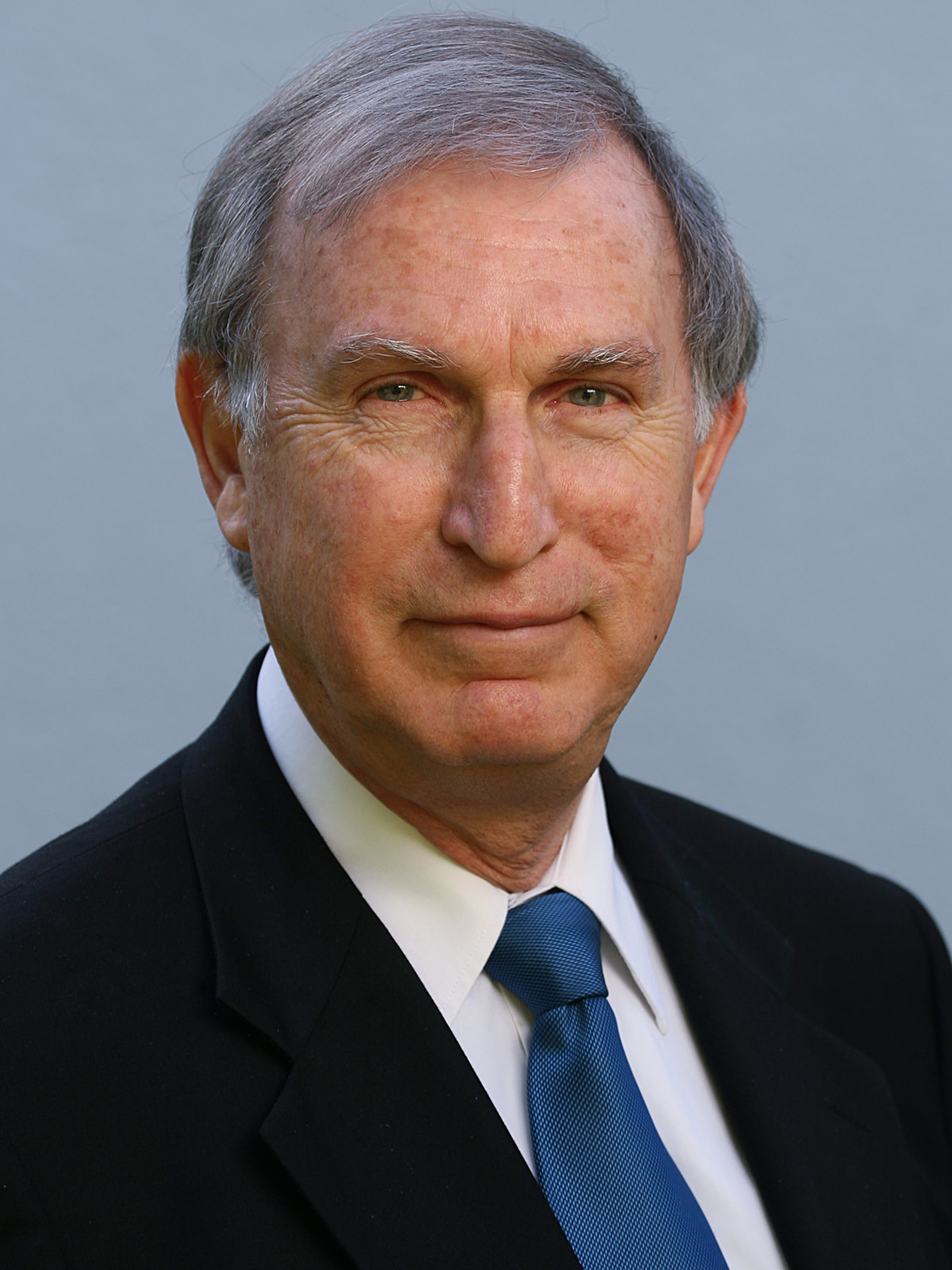 Jacob Peled, executive chairman, Pelmar Engineering, explains why he believes rubber compounds are to become an outsourced product and assesses the impact on plant planning.
Jacob Peled, executive chairman, Pelmar Engineering, explains why he believes rubber compounds are to become an outsourced product and assesses the impact on plant planning.
Recently I was prompted to write by an article in the 2016 Tire Technology Annual Review on the plant planning process, which was written by Guido Veit from Zeppelin Systems. It is a well-written and rather enlightening analysis.
The article is addressed to tire companies. I am afraid that Veit does not share my view and that of many in the tire and rubber industry today, that rubber compounds will become an outsourced product in the years to come. Final batches may still take time but masterbatches are certainly not going to be produced by tire companies much longer. This is already happening in several plants around the world. The compounds, the same as steel wire or textile fabrics, will be produced by specialized plants that can be far more efficient and concentrated on the product that they have to supply to very discerning customers.
Many suppliers have the advantage of being able to interface the equipment controls in general and the weighing, dosing, charging and feeding systems in particular.
Another remark I’d like to make is that Veit has not really emphasized that each category of materials requires completely different technology and strategic planning. I refer mainly to:
1) Natural and synthetic rubber in various kinds.
2) Fillers, which are mainly carbon black, silica and white fillers, which again require completely different handling.
3) Liquids, mainly oils, melted waxes and plasticizers, which again differ completely in both planning and handling from the other materials.
4) The very large number of small chemicals, which again require completely deferent automation environmental consideration, accuracy and consistency.
In our experience, coordinating between these four elements, is considerably more challenging than planning the equipment and production itself.
Last but not least, I should add that most of the above will become somewhat irrelevant if and when mixing finally becomes continuous rather than batch, which is now long overdue.
Jacob Peled, executive chairman, Pelmar Engineering



